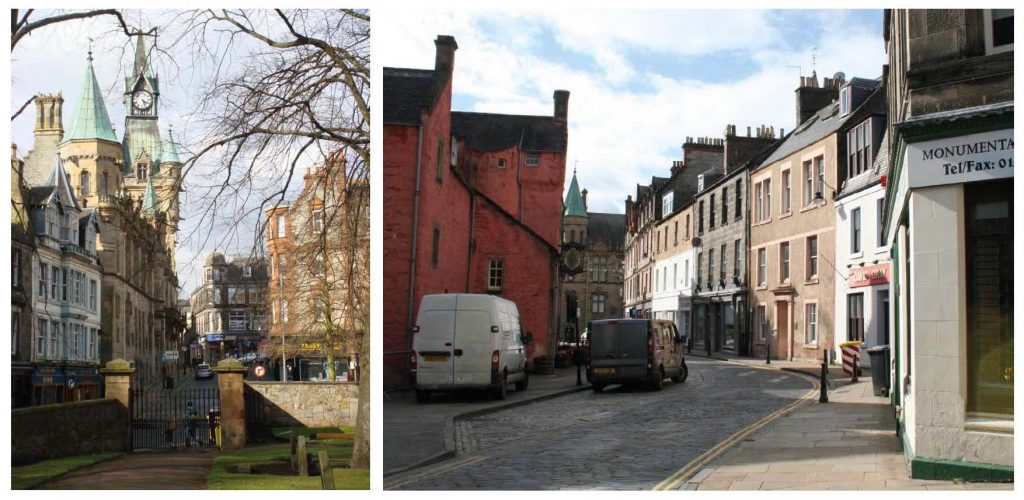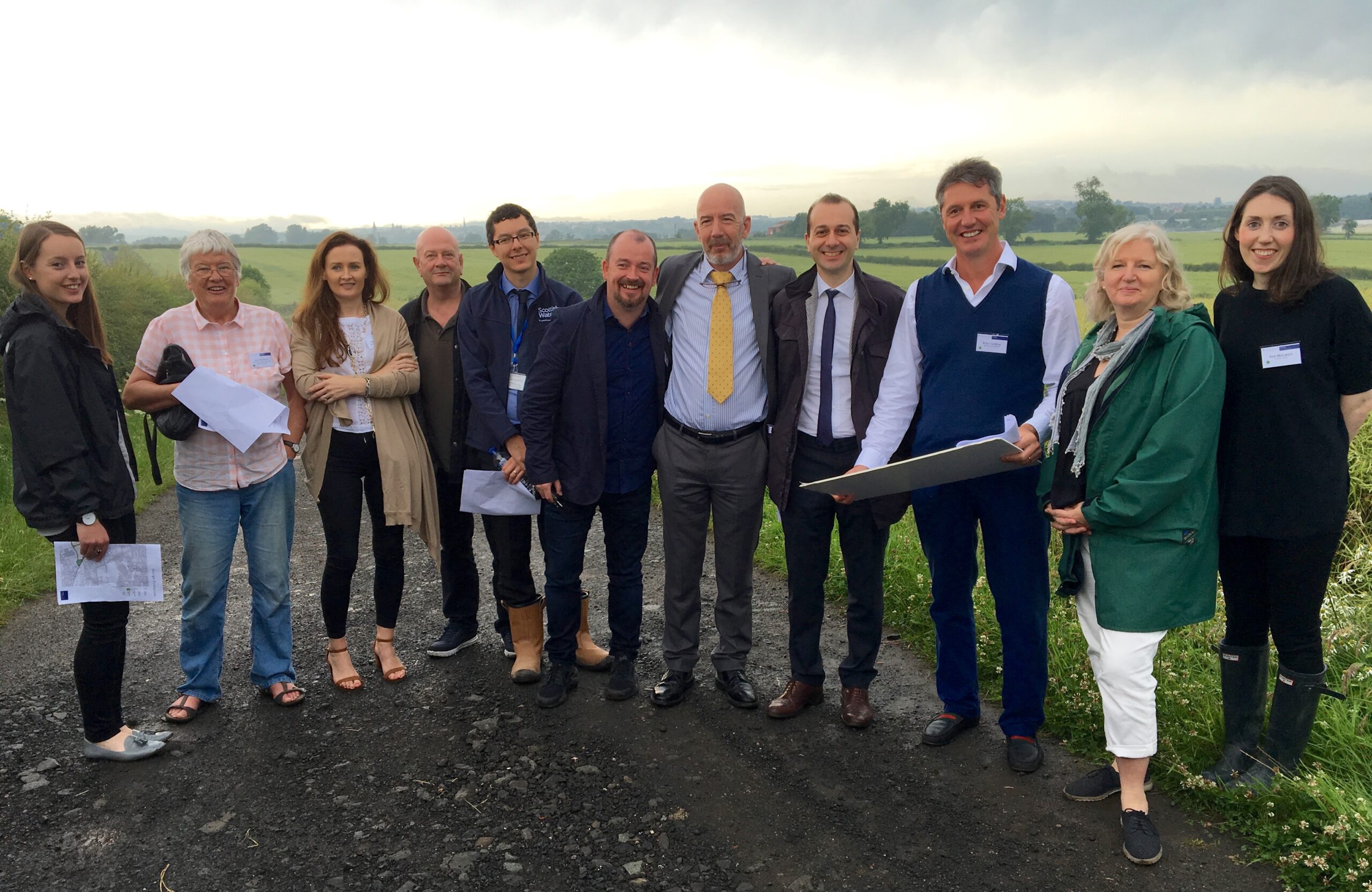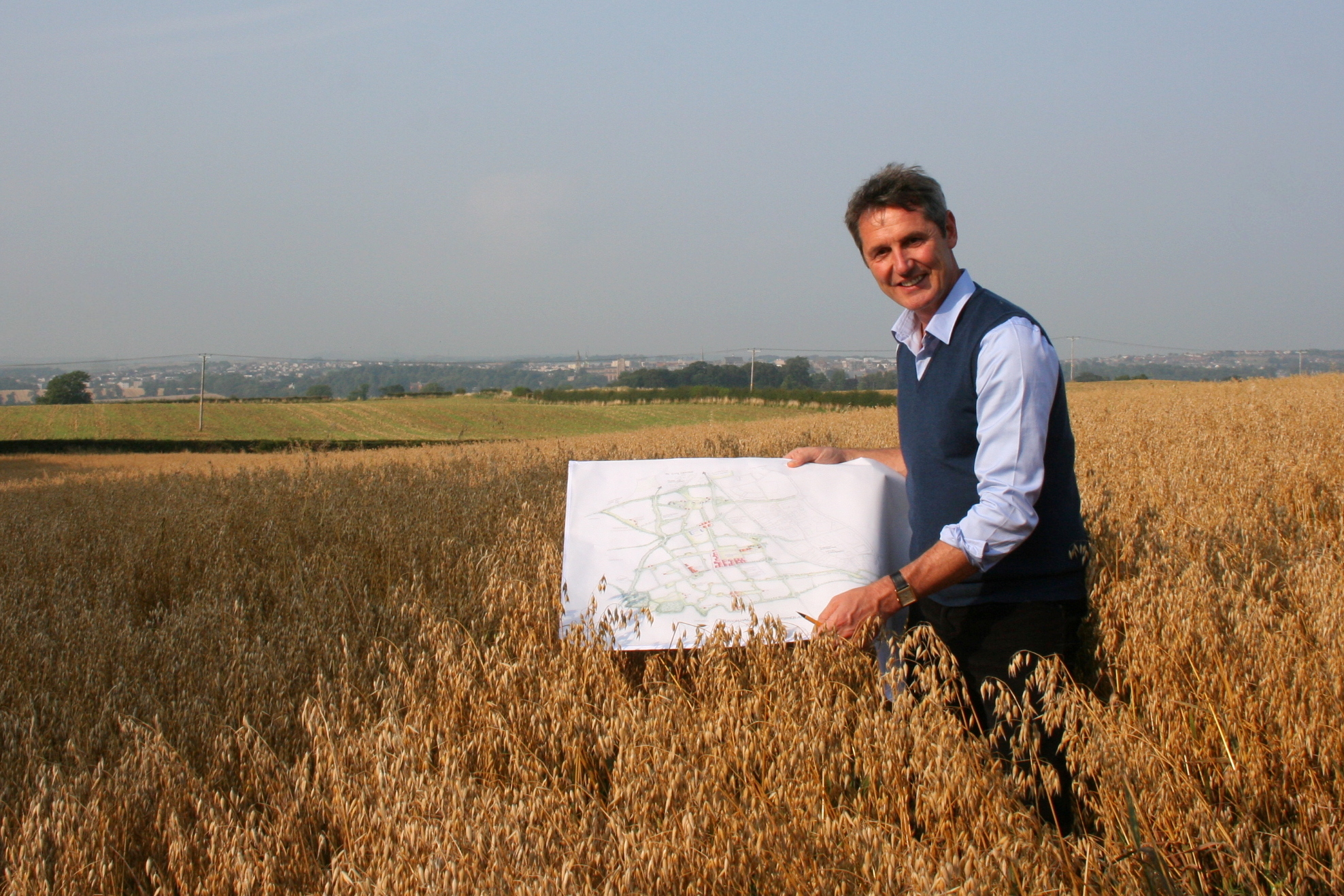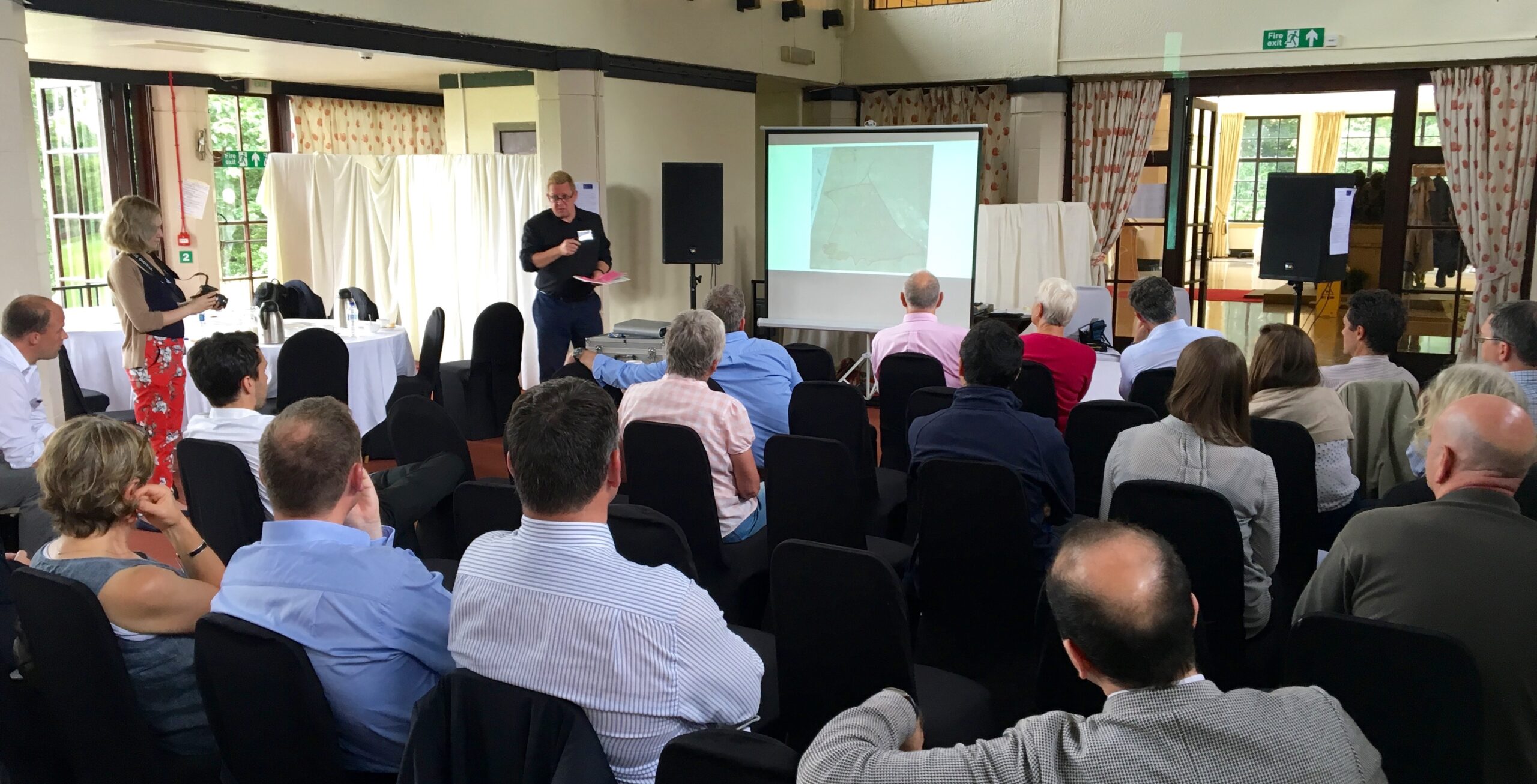Kingswood Begins
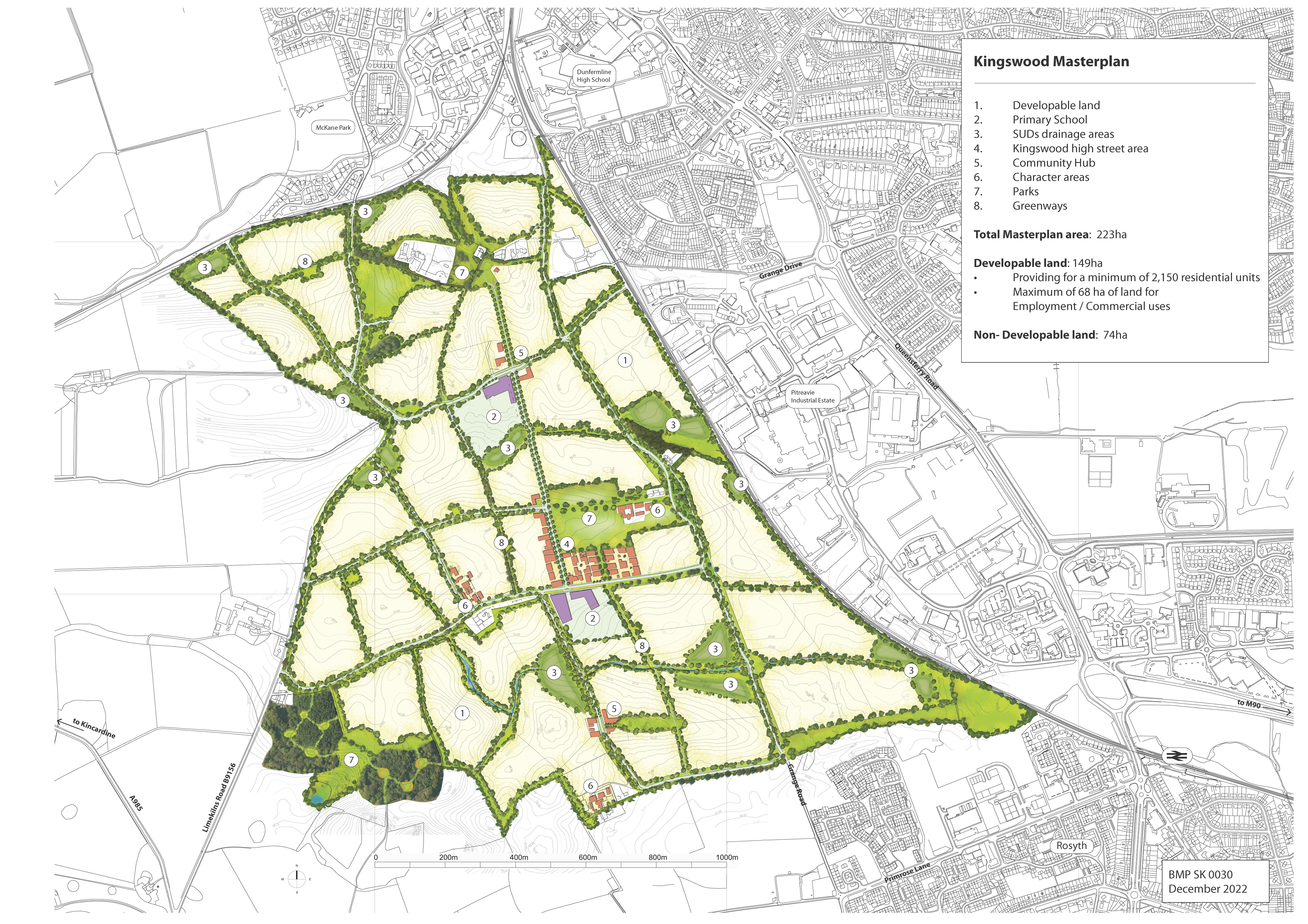
Planning Permission Granted
Stirling Developments is pleased to confirm our application for Planning Permission in Principle (PPiP) for Kingswood, submitted in December 2016, was granted planning permission on 12th June 2019. This application was thereafter amended in 2023.
Information is publicly available on the Fife Council Planning Portal.
This can be accessed via https://planning.fife.gov.uk/online/ quoting reference number 23/01257/PPP or quoting ‘Broomhall’.
Planning permission was achieved following years of consultation and hard work. This work included numerous site visits, design workshops, design competitions, public consultation events and meetings with local community councils.
Kingswood – A New City Quarter

The Kingswood project has been 100 years in the making.
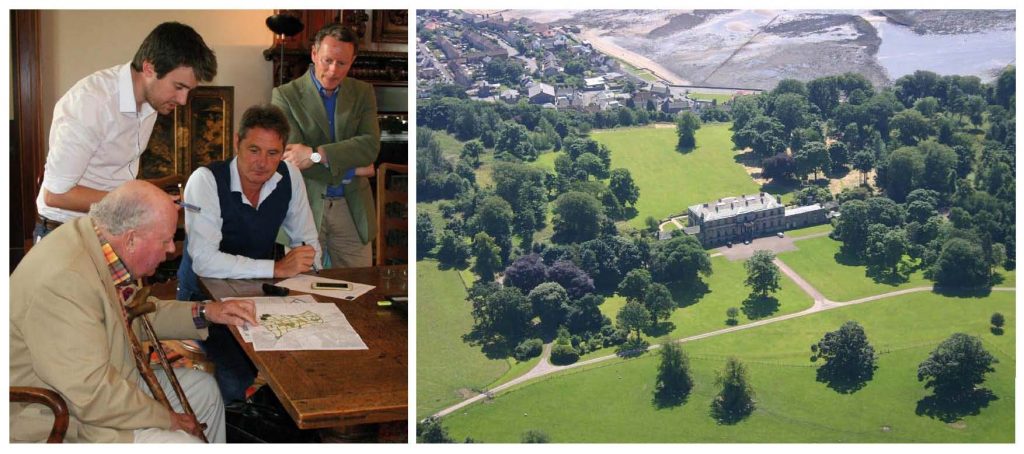
Stirling Developments acquired land and development rights at Broomhall Estate, the ancestral home of the Earl of Elgin. This area of land, adjoining Dunfermline to the south-west, has been allocated for residential and commercial development in Fife’s Local Development Plan. In time, Kingswood will become the home of Dunfermline’s New City Quarter.
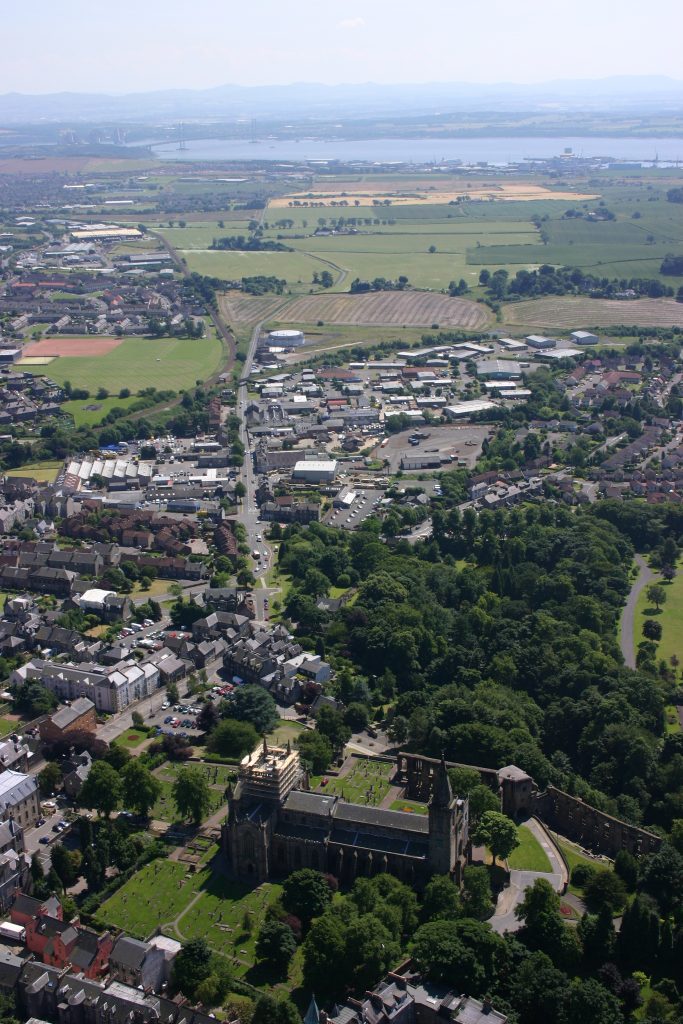
The current project site at Kingswood was first promoted for development in the early 20th Century when Town Planners and Officials unveiled their new Grand Plan for Dunfermline. It was a plan that expressed the ambition of the City, with grand boulevards and regal architecture radiating out from the historic centre and reaching out to regional transport links.
The plan was held in such high regard that its principal advocate, the Town Clerk, received a Knighthood for his efforts in promoting it. The government safeguarded the land for many years (precluding it from any development that deviated from the masterplan) but unfortunately the two world wars drained the necessary public funding to deliver it.
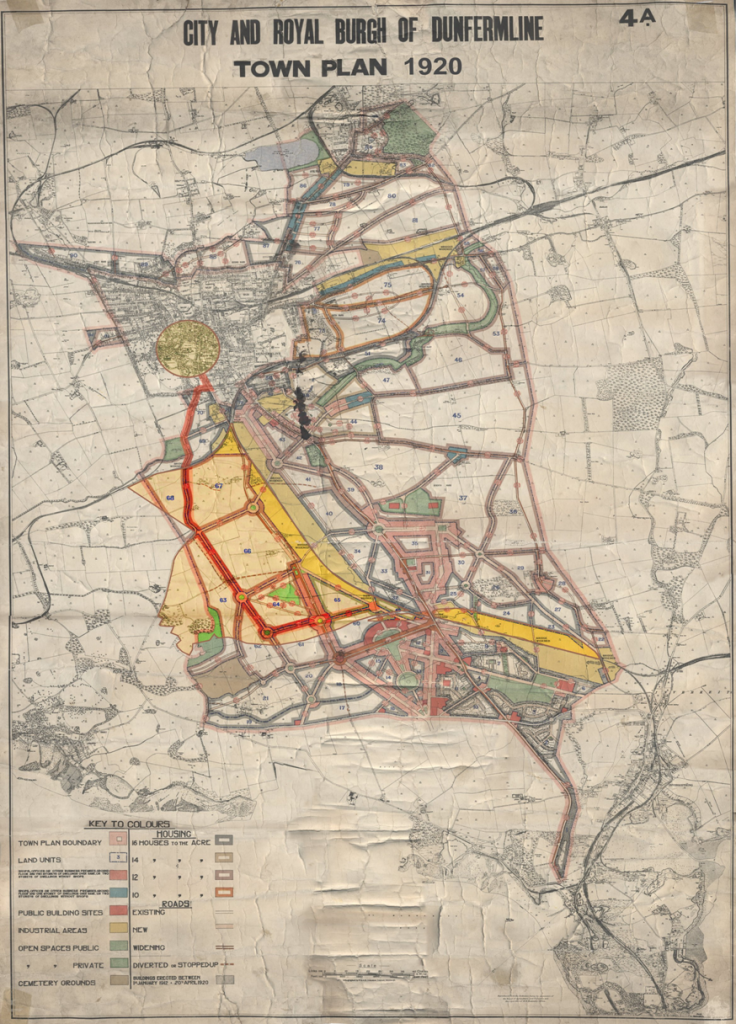
The original plan covers much of the development area being promoted by Stirling Developments at Kingswood and has informed and provided inspiration for our current masterplan. It strives to be one that is also influenced by the City’s historic centre, emphasising the qualities and ambitions that Dunfermline has to offer.
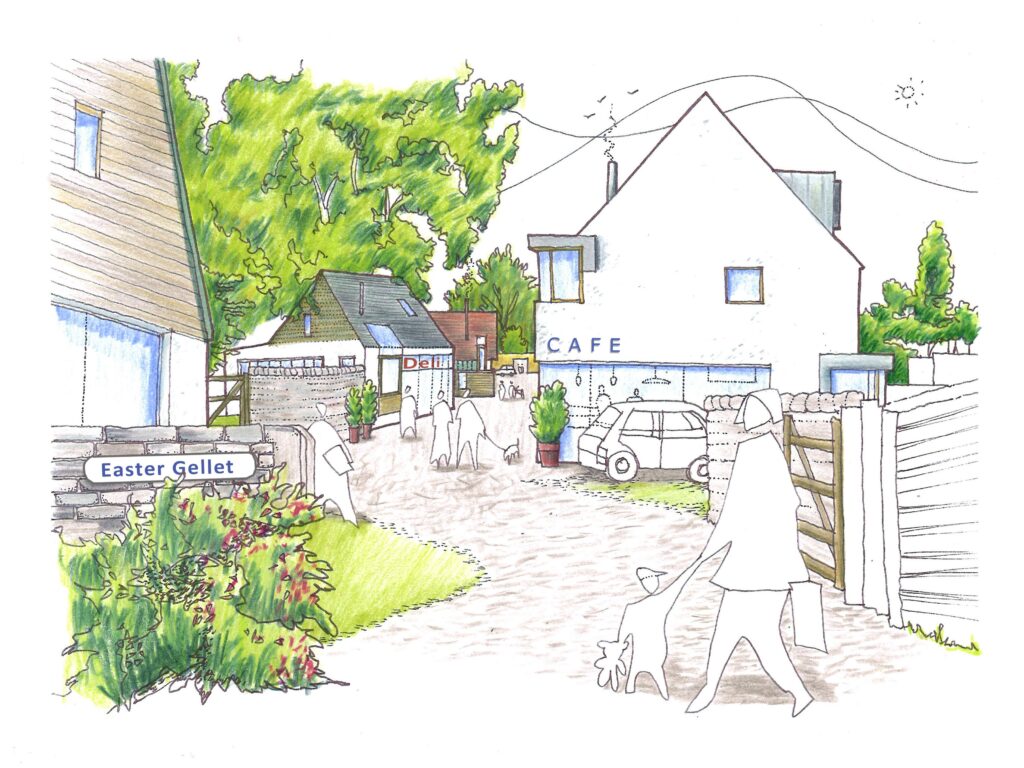
Site Context
Dunfermline – Scotland’s Gateway
At a national level, Dunfermline has a strong case for being Scotland’s foremost logistical location, being situated in the heart of Scotland.
Most of Scotland’s primary routes converge close to Dunfermline. A place where north meets south and the Forth Estuary allows east and west to be at their closest. The nearby deep water port in Rosyth has developed into one of Scotland’s most successful European passenger ferry and freight terminals, providing Dunfermline with an international context.
Dunfermline’s outstanding location has been further enhanced by the development and opening of the Queensferry Crossing. With its proximity to the Capital and excellent links to the rest of Scotland, Dunfermline should be considered as one of the City Region’s most desirable locations.
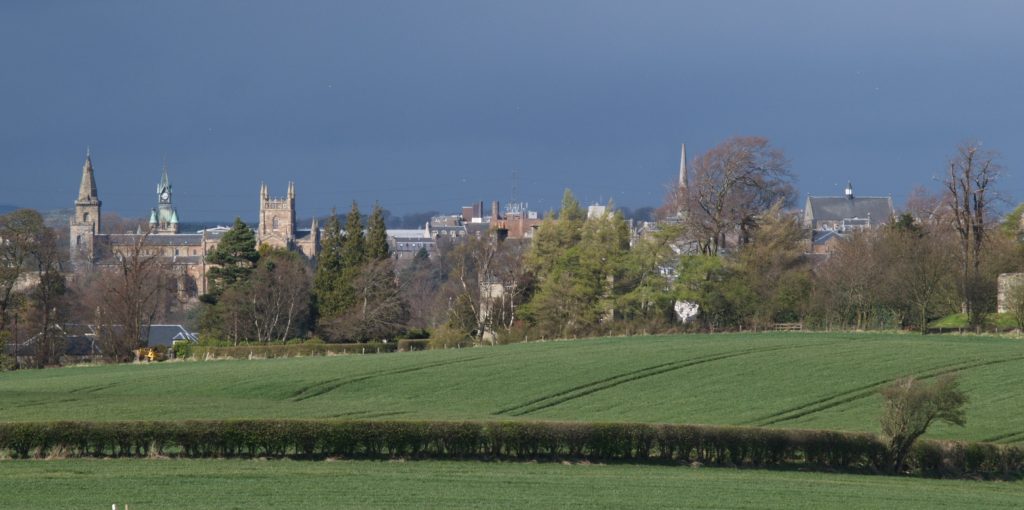
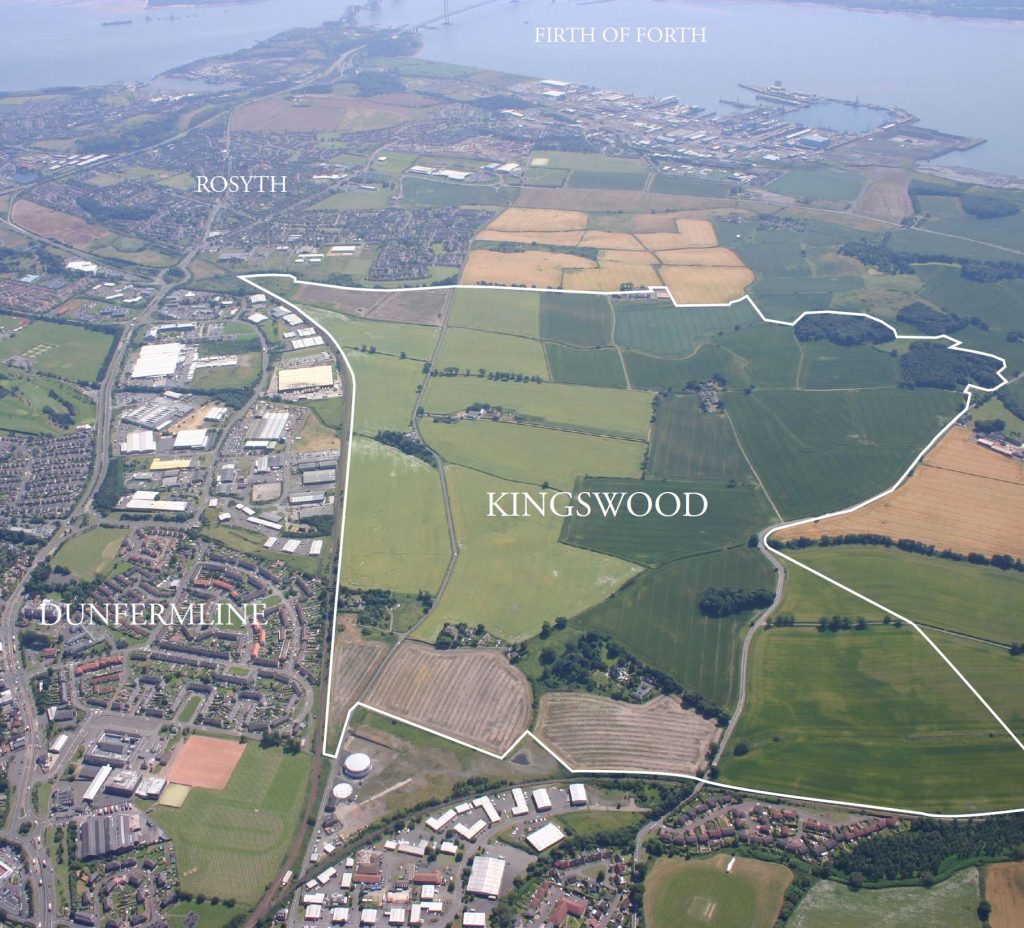
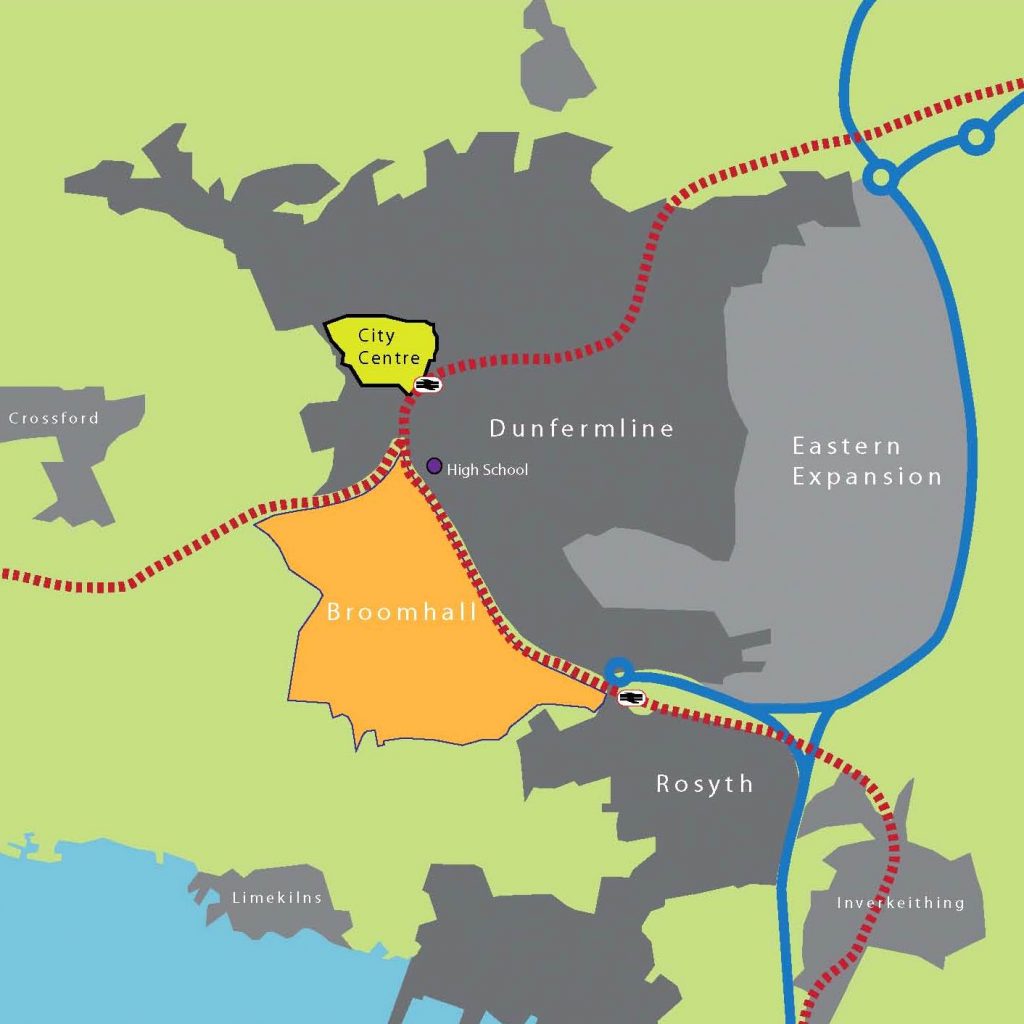
Dunfermline’s Regal History
Dunfermline was the historic capital of Scotland, a status it retained for over 500 years.
Twenty five Kings and Queens have been born or buried here. Dunfermline’s Benedictine Abbey dates back to the 11th century and houses the tombs of St Margaret and King Robert The Bruce. Dunfermline’s Scottish Royal Palace was built by King James IV in 1500 and became a favourite residence for many Scottish Monarchs.
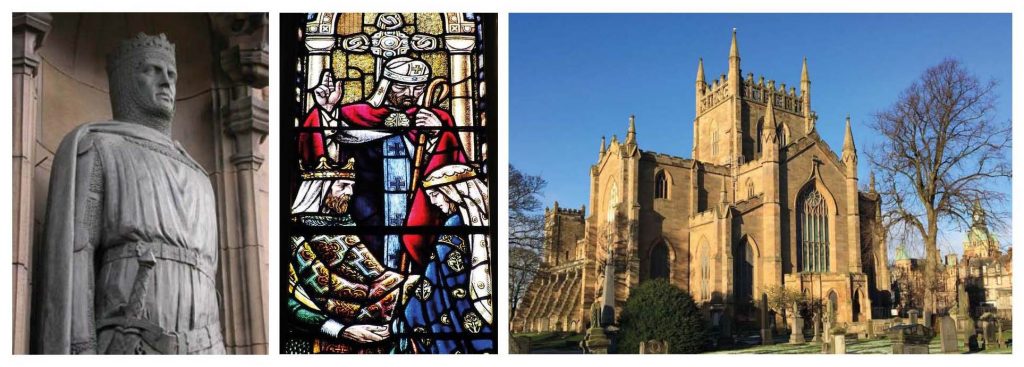
From his humble upbringing in a weaver’s cottage in Dunfermline Andrew Carnegie went on to conquer the steel business, becoming the world’s richest man and one of its greatest ever philanthropists. The City’s public realm has been enriched by Carnegie’s legacy, which includes Pittencrieff Park and many public buildings.
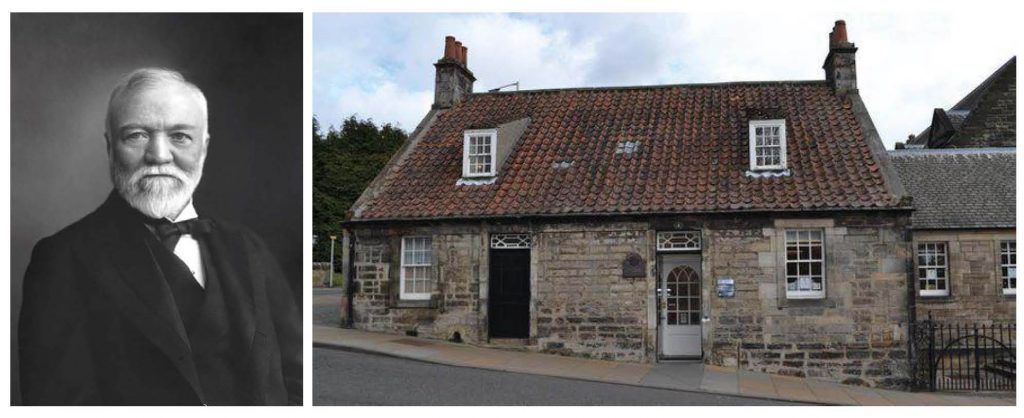
Dunfermline’s centre is composed of a historic square mile of architecture which articulates the City’s history and heritage. This diverse and rich urban environment provides Dunfermline with a prestigious legacy and a thought provoking and memorable experience for visitors and tourists.
